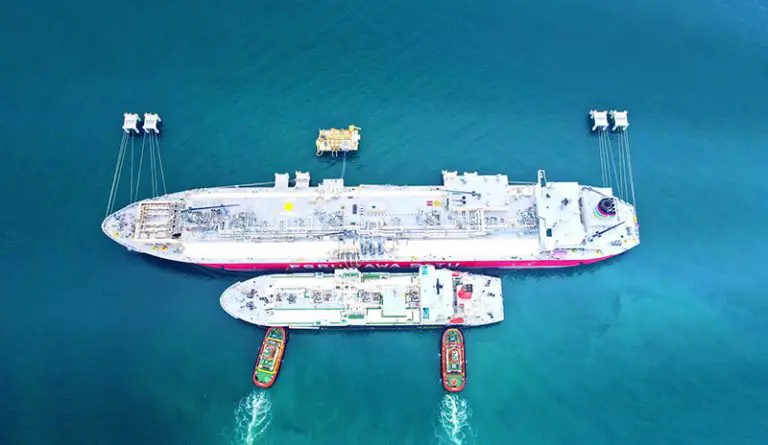This story requires a subscription
This includes a single user license.
The Japanese shipping firm revealed this in its results report on Wednesday.
This is three less LNG carriers than in the previous quarter and five more LNG carriers than in the second quarter of 2024.
According to the new report, MOL expects its LNG carrier fleet to expand to 105 vessels by March 2026.
This is three fewer vessels than in the previous forecast.
Earlier this year, brokers reported that MOL sold its 2004-built 137,500-cbm steam LNG carrier, Dukhan, for scrap.
MOL’s fleet includes LNG carriers owned and/or operated by joint venture companies.
Also, MOL previously said it had about 30 LNG carriers on order.
As of June 30, 2025, MOL’s fleet included eight FSUs/FSRUs, three LNG bunkering vessels, one LNG powership, and six ethane carriers.
Last month, KARMOL, a joint venture of Turkiye’s Karpowership and MOL, took delivery of its fourth FSRU in Singapore.
As part of its plans to reduce emissions, MOL has also set a target to operate 90 LNG-powered and methanol-fueled vessels by 2030.
MOL just named an LNG dual-fuel very large crude carrier which will serve Norway’s Equinor under a charter deal.
LNG earnings “stable”
MOL reported revenue of 432.7 billion yen in the quarter ended June 30, down 3.2 percent year-on-year, while operating profit of 37 billion yen dropped 3.4 percent year-on-year.
The company’s energy business, which includes the liquefied gas segment, reported revenue of 126.5 billion yen and profit of 22 billion yen, both up compared to the year before.
MOL said its LNG and ethane carrier business had “stable” earnings.
“In addition to stable earnings from long-term charter contracts, profit increased year-on-year as a result of the rescheduling of dry-docking for some vessels to the second half of the fiscal year compared to the previous forecast, as well as the recording of one-time non-operating income related to refinancing,” the company said.
For the gas infrastructure business, “profit is secured through stable operations of existing projects,” MOL said.
MOL also provided an outlook for the LNG and ethane business.
“Although decrease in profit is expected for certain projects due to delays in the delivery of new vessels, stable profit is expected to be secured through existing long-term charter contracts,” the company said.
“While stable operations are expected for existing projects, profit is expected to fall below the previous forecast due to reduced revenue resulting from equipment failure,” MOL said in relation to its gas infrastructure business.

